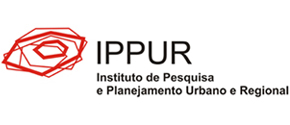Resumo em Inglês
Eduardo ManhãesDoutor em Planejamento Regional e Gestão da Cidade da Universidade Cândido Mendes - UCAM/Campos; Professor da Universidade Federal Fluminense (UFF)Lia HasencleverDoutorado em Programa de Pós Graduação em Engenharia de Produção pela Universidade Federal do Rio de Janeiro. Professora do Programa de pós Graduação em Planejamento Regional e Gestão de Cidades da UCAM e Professor Aposentada da UFRJ The Public-Private Partnership in Assistance Pharmaceuticals: the Programa Aqui Tem Farmácia Popular
The implementation of public policies of pharmaceutical assistance (AF, abbreviation in Portuguese) took place by means of propositive and corrective actions guided by the Federal Government and decentralized the other governmental spheres in which they are operated. Recently, however, this public policy has created an institutional arrangement with operational centralization in the Federal Government and a significant Relationship with private initiative. This article aims at analyzing the results of the public-private partnership in the AF with the creation of the Programa Aqui tem Farmácia Popular (ATFP, abbreviation in Portuguese). The methodology is an evaluation applied to the formulation of the AF public policy based on three indicators: bibliographic review; linear correlation between population and average per capita income of the places assisted by ATFP; and georeferencing of accredited units. Results indicate that the partnership with the private initiative fostered the expansion of basic and essential medicines dispensing, but with strong regional centralization and significant appropriation of the public budget, weakening the public pharmaceutical assistance. Hence, the new institutional arrangement, besides redundancies, centralization, both in management and in territorial composition, appropriates most of the state resources by private initiative.
Resumo em Português - Texto
Download PDF
Voltar



